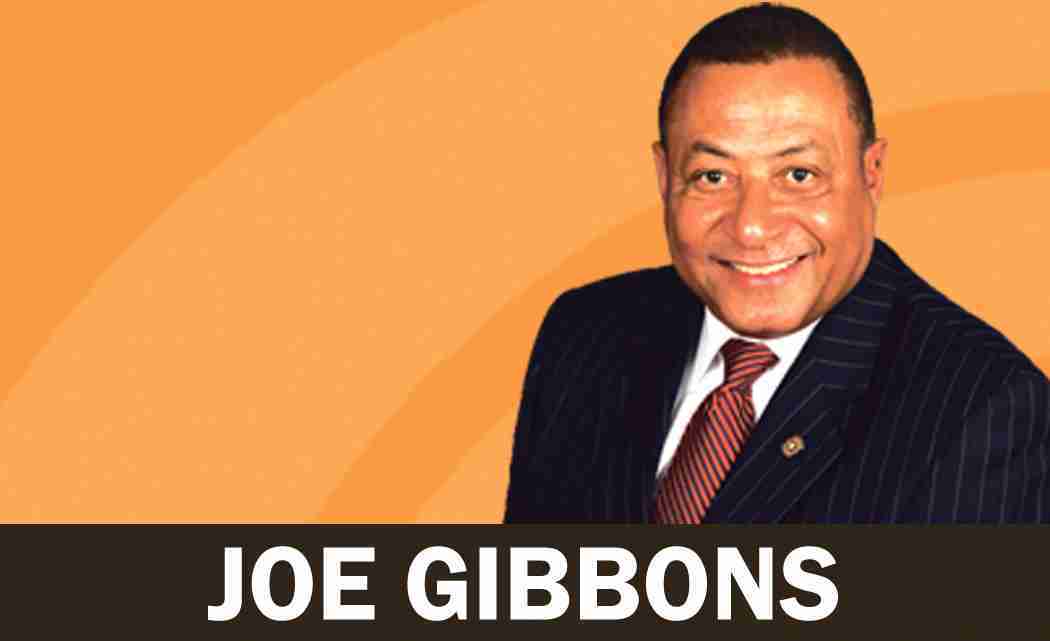BY JOE GIBSON
All across America, families, communities, and businesses are getting excited about renewable energy and the benefits that renewables can bring. Recently, the Obama Administration announced an initiative to increase solar access for all Americans with a specific focus on serving low and middle-income communities, including families living in apartments or rental properties. This is exciting news because consumers want more choice when it comes to solar energy. They want to opt for clean solar electricity without having to install a complete generating power unit in their homes. They want affordable options that community solar provide.
Community Solar, as defined by the National Renewable Energy Laboratory, (NREL), is “a solar energy deployment model that allows customers to buy or lease part of an offsite shared solar system. This arrangement lets customers enjoy advantages of solar energy without having to install a system on their own residential or commercial property.” Individuals, as well as businesses, can take advantage of the many benefits that community solar provides. Some of these benefits include: the creation and sustainability of jobs, more affordable solar energy with no start-up cost to individual consumers, no maintenance required from the consumer on solar equipment, and solar communities that are more economically competitive.
Community Solar goes by many different names, but no matter what it is called- utility-scale solar, solar farms, shared solar, solar gardens, or solar centers – it helps level the playing field to allow low-income residents to benefit from solar energy. Community solar provides low-income customers access to affordable, locally generated solar power.
There are many low-income families, in Florida, as well as in many other states, living in areas that are not conducive to installing solar panels on their roofs. Further, most low-income families lack the financial ability to install solar even if they live in their own home. According to the National Renewable Energy Laboratory, (NREL), over 75 percent of U.S. homes and businesses are unsuitable for rooftop solar. Several factors that prevent many low-income communities or businesses to “buy-in” to solar include lack of access to the roof (due to leasing or renting the building), living in an area that is blocked by trees or other buildings, roofs that will not support solar panels, sparse wealth to be invested, and low credit scores.
But Florida is working hard to make solar available to all residents and businesses, as evidenced by several community solar programs available to Floridians across the state. Below are a few descriptions of current community solar projects, taken from each of their respective websites:
• Orlando Utilities Commission, (OUC), has developed a community solar farm providing OUC’s Orlando residential and small business customers with a 400 kW array which produces an average of 540,000 kWh annually. This will power about 40 homes and will also provide covered parking for employees and visitors.
• Florida Power & Light, (FPL), offers a voluntary community solar power program to customers who wish to pay about nine bucks a month that can assist in bringing solar energy to Florida. In addition to the three already completed solar centers, FPL also plans to build three new solar energy centers before the end of 2016, which will add about 1 million solar panels. This is enough to cover approximately 45,000 additional homes. FPL also will be also be adding solar panels at Daytona International Speedway, Young at Art Museum, and the Broward Community Library, as well as adding a 100-kW solar canopy at the Palm Beach Zoo parking lot, which will “increase the solar energy produced at the zoo by five times.”
• Tampa Electric Company, (TECO), owns seven community-sited systems that generate 135 kilowatts (kW) of electricity that allow customers to purchase renewable energy in 200-kW blocks for $5 each per month. They are also building a 2-megawatt array at Tampa International Airport and will complete a 25-megawatt array in Apollo Beach in 2016. Both of these projects combined will serve more than 700,000 customers.
• Florida Keys Electric Cooperative’s Simple Solar Program offers participating customers a monthly bill credit equal to their retail rate for each kilowatt-hour generated from their Community Solar subscription for 25 years, based on the actual production of the leased panels.
• Duke Energy announced plans to expand its solar footprint by adding up to 500 megawatt of utility-scale solar in Florida by 2024. Included in the plan is a 20 acre “Disney –inspired solar panel design,” that will be placed near Walt Disney World Resort. Construction is expected to be in service by 2016.
Florida has come a long way in the past couple of years in the solar market, but more should be done to ensure solar is an affordable option for all Floridians. Community solar is just one way low-income consumers can jump on board and reap the benefits of solar energy, and we are all looking forward to seeing more solar programs offered to our low-income communities.
Joe Gibbons, is Chairman of the Energy Equity Alliance. He may be reached atjg92348@gmail.com.












No Comment